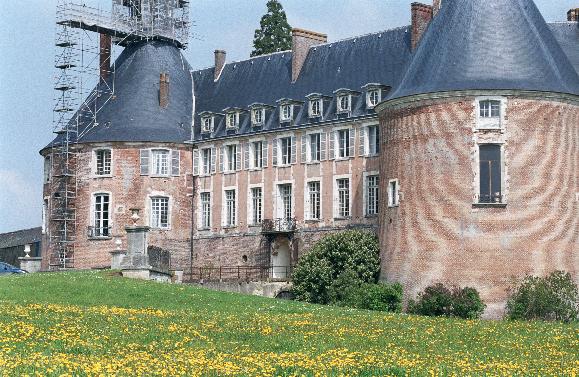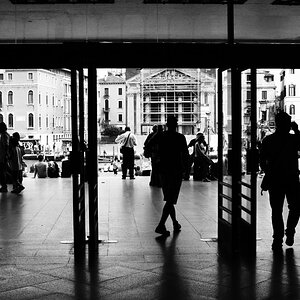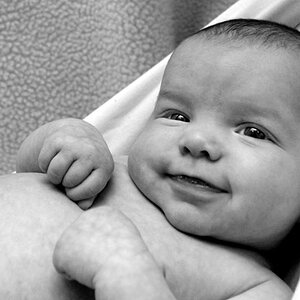MrLogic
TPF Noob!
- Joined
- Mar 27, 2008
- Messages
- 423
- Reaction score
- 0
- Location
- Rotterdam, Netherlands
- Can others edit my Photos
- Photos OK to edit
Has anyone here had the anti-aliasing filter removed from their camera (and having it replaced with an IR cut-off filter)? If so, how do you feel about it now?








![[No title]](/data/xfmg/thumbnail/35/35268-34a315519597f60516d59124092e9bc2.jpg?1619736971)
![[No title]](/data/xfmg/thumbnail/32/32949-cb71b3342f4f417998cb510154c5c916.jpg?1619735783)
![[No title]](/data/xfmg/thumbnail/39/39460-55f4d48e22a9710f377f2a3dee45992e.jpg?1619739039)



![[No title]](/data/xfmg/thumbnail/41/41924-6ae94add98501b0c7ebd13870b86cf70.jpg?1619739945)